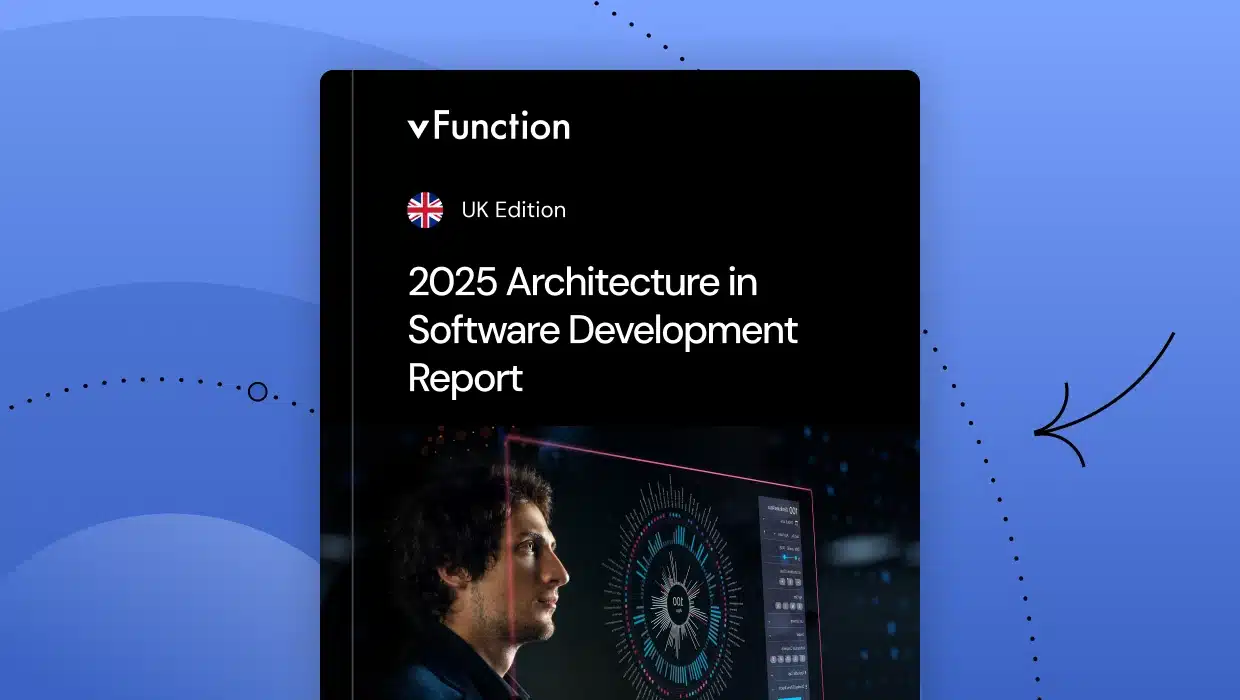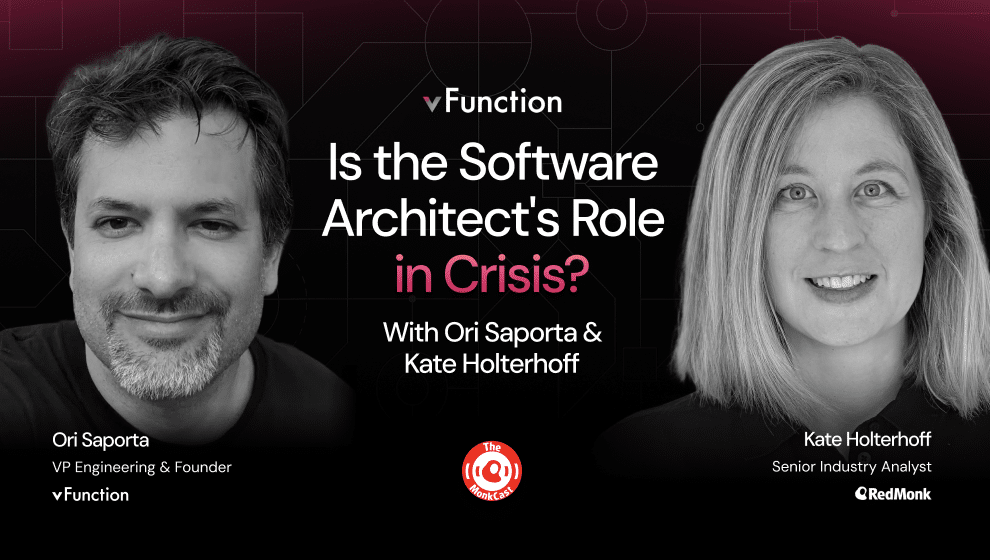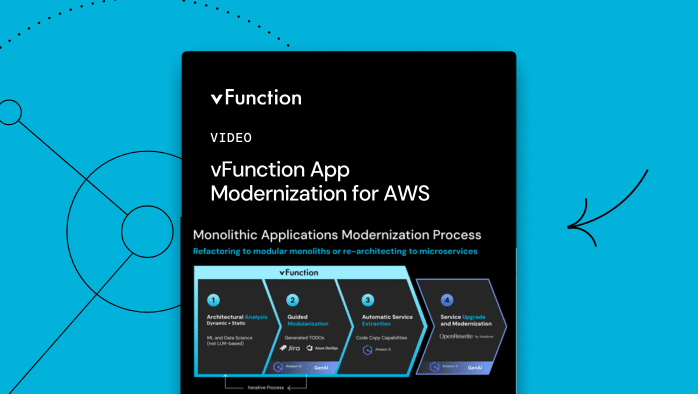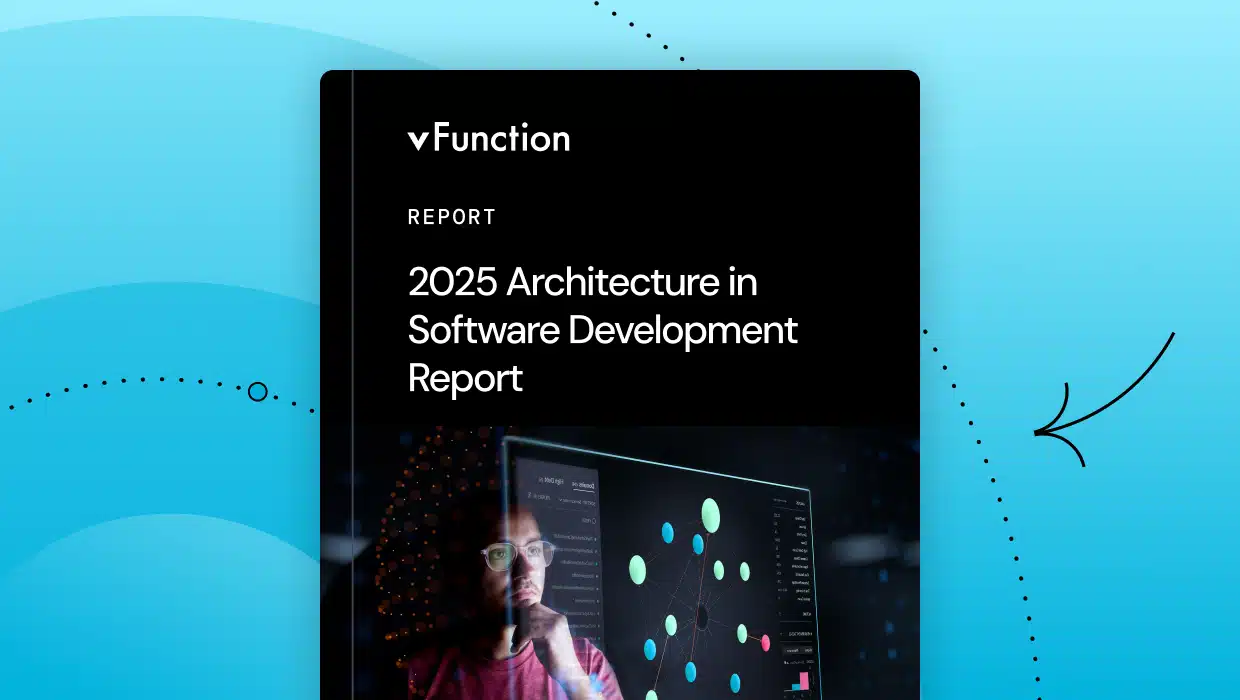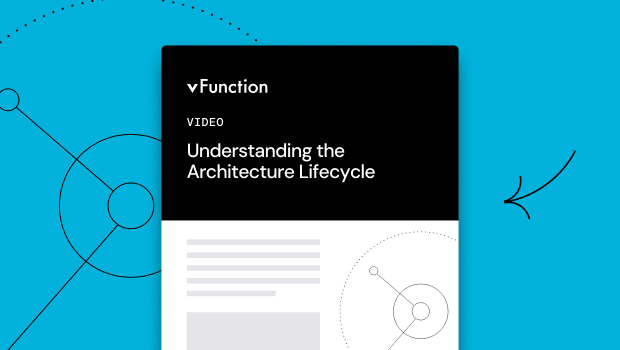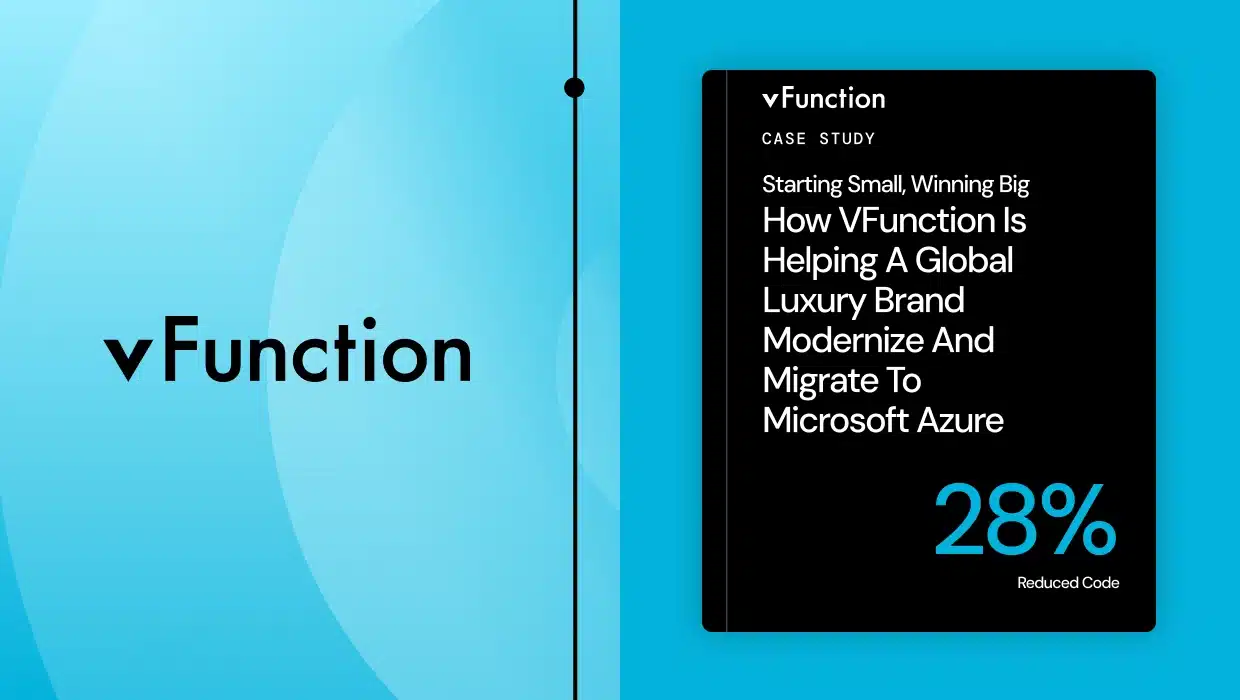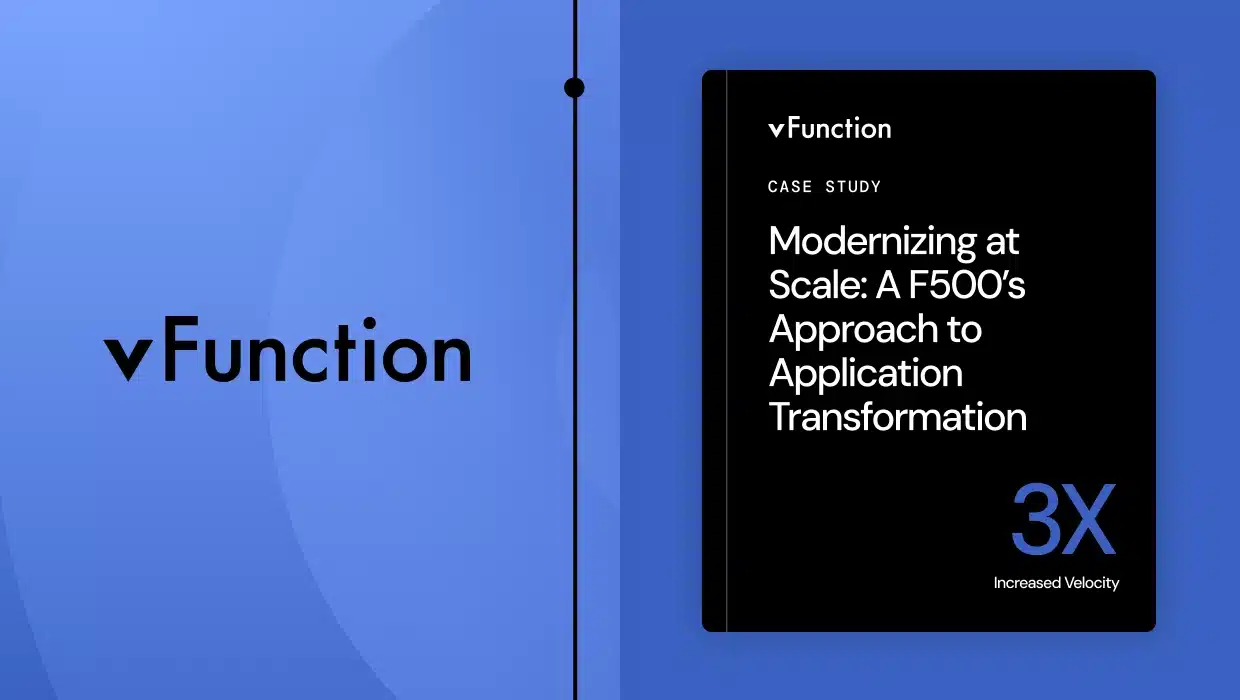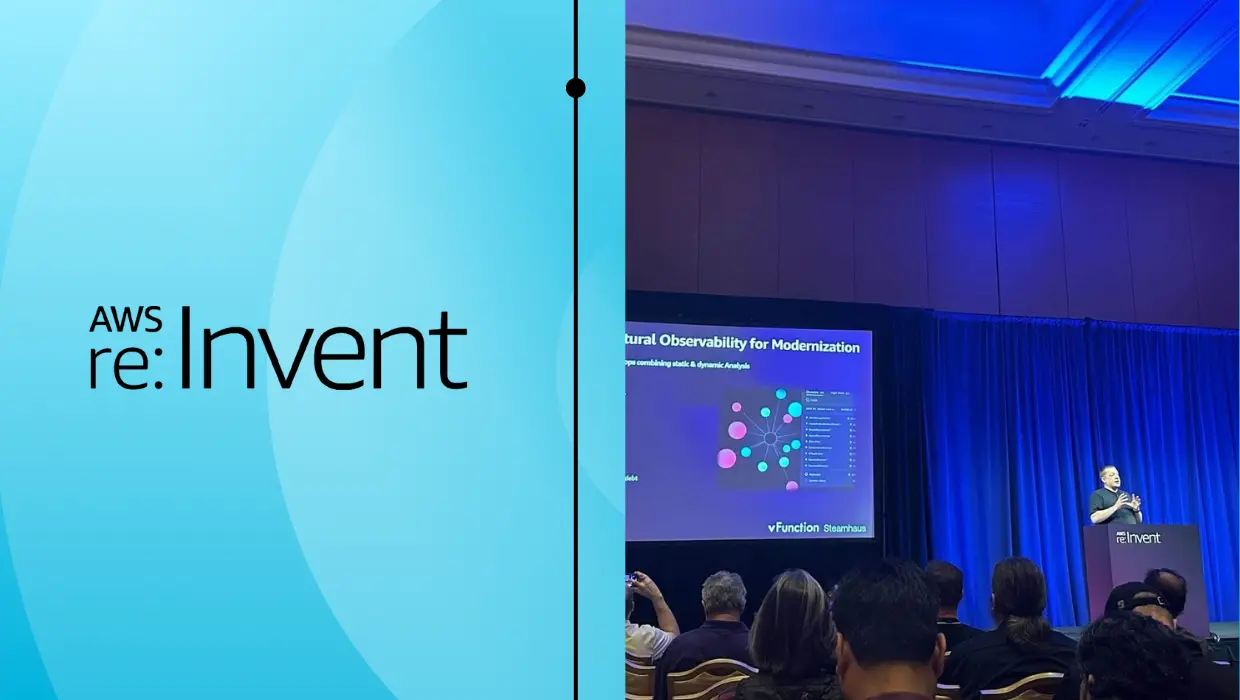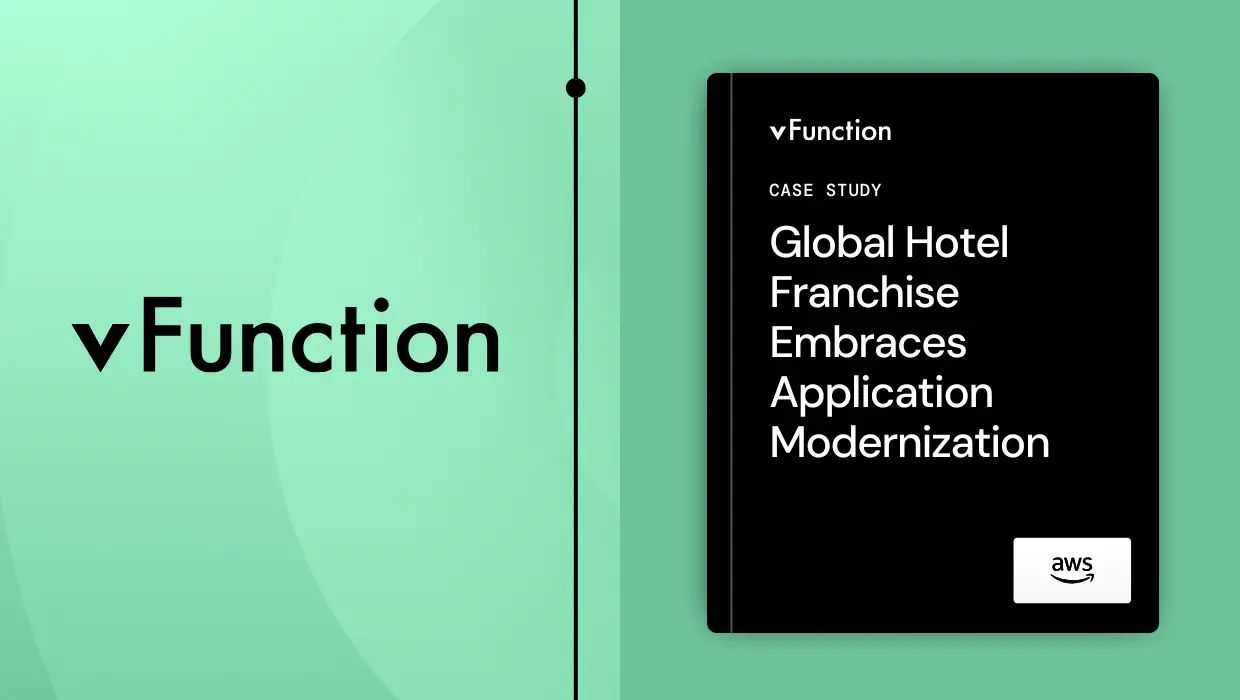
Architectural observability demo
Watch Now2025 Architecture in Software Development Report. Rethinking the role of architecture in the age of AI.
Download NowLearn more about the vFunction's architectural observability platform and cloud-native application modernization.
New research from 600+ technology leaders and practitioners Software architecture has the power to drive scalability, resilience, and innovation But when it's disconnected...
